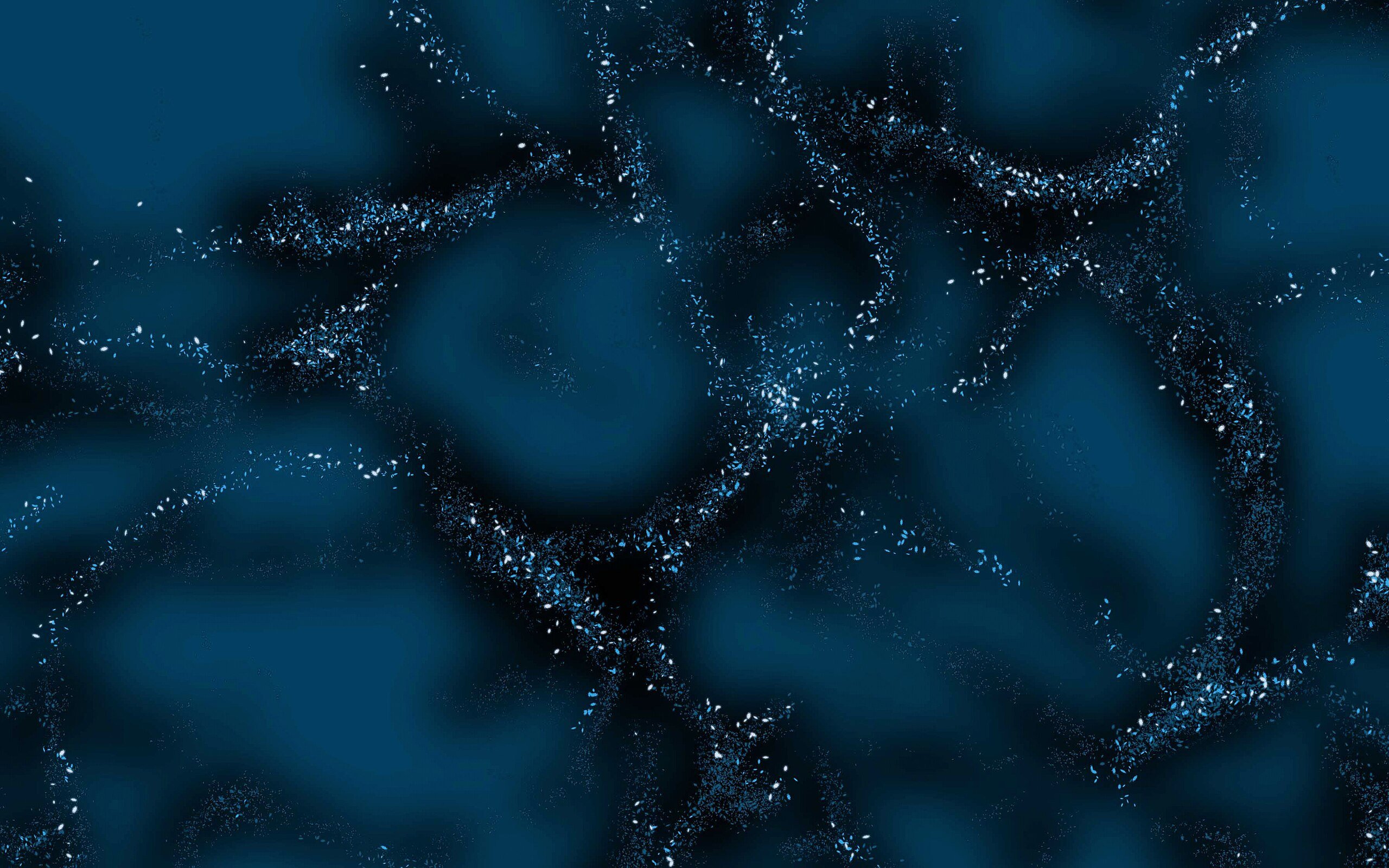dark matter This is one of the greatest mysteries of the cosmos. It is believed that this amounts to a quarter of the universe. However, it is still unknown what it consists of. There’s just something very abundant that does not absorb or reflect lightbut it somehow gets in the way space structures surrounding it. As if that weren’t enough of a mystery, over the years scientists have also theorized about the existence of something known as supermassive dark stars. These would be stars that, instead of using conventional fuel, would feed on dark matter, acquiring colossal volume until they exploded as a black hole.
In 2023, a series of observations made using James Webb Space Telescope They pointed to what could be the first detection of these dark stars. However, to confirm this, they need to be carefully studied. Now the same group of scientists has published a study of their spectroscopic analysis, which concludes that They correspond to what a dark star could be.
Of course we must remember this We don’t know what dark matter is made of. therefore, the composition of dark stars is also little known. This shows that the stars analyzed match what dark stars should theoretically be like. Is this the absolute truth? Of course not, but that doesn’t make the find any less interesting.
How is a star born, grows and dies?
Until recently, there was only one idea about how stars are born. Generally speaking, a star is formed when a large number of contracts for relatively cold gassignificantly increasing its temperature. Once this happens, a series of nuclear reactions begin to occur in which the nuclei of hydrogen atoms found in the star combine with the nuclei of an isotope of hydrogen called deuterium. Thus, helium begins to form and energy is released. This process is known as nuclear fusion.
Therefore, hydrogen and deuterium the first fuel for the stars. But, like gasoline in a car, there comes a time when it runs out. So, the stars cannot refuel and must find alternative fuel. Between deuterium and hydrogen, deuterium is consumed first, so hydrogen begins to react with lithium and other light metals. Until they run out too. At this point, hydrogen has no choice but to initiate what is called a catalytic reaction of nitrogen and oxygen. In this way, helium can continue to be formed from hydrogen. But hydrogen is also running out.
At this moment All that’s left are all those helium atoms that formed and that now they will merge with each other, and the star will swell, cool its surface and acquire a reddish tint. We have reached the red giant stage. Then, if it no longer has any means of generating energy, it may collapse to form a white dwarf, or collapse outright to form neutron star, supernova or black hole. Depending on its size.
What are dark stars?
In 2023, three stars were discovered that did not seem to fit this classical definition. Were very bigmuch larger than our Sun, with extremely intense shine And very far In particular, they appear to have formed several hundred million years after the Big Bang. If we take into account that the Big Bang occurred 13.8 billion years ago, then we can say that these stars were formed. almost at the dawn of the Universe. Therefore they are very far away.
Because of what happened a long time ago, light takes longer to reach us. It’s more distant. Few instruments can detect objects of this type, but James Webb managed to take us to very distant places in the history of the Universe.
Initially it was believed that these objects galaxiesbut further analysis showed that they were stars. Yes, quite peculiar, but the stars. These stars would not exist as they do if they were fueled by hydrogen and deuterium. But they fit the concept of dark stars, first described by astronomers in 2008. Doug Spolyar and Paolo Gondolo.
It is not known what dark matter is made of, although it is believed that its main ingredient may be some as yet unknown elementary particles. Among the main candidates are: weakly interacting massive particles. When they collide, they destroy themselves. release of heat into hydrogen clouds which collapse and become dark, glowing stars. This would fit perfectly with what was discovered in 2023.
What has been discovered now?
Since then, this group of scientists from Colgate and Austin Universities, Texasused other James Webb tools for analysis spectra coming from three dark star candidates. Thus, it has been observed that one of them may not be so. It could be a very distant supermassive star. However, the other two fit perfectly modern definition of dark stars. These giant stars collapse, giving rise to the most distant black holes, so they also help explain their origins.

But most importantly: if dark stars exist, dark matter also exists. This would be further evidence that, although we cannot see it, dark matter exists, powering even those stars that cannot use conventional fuel. Of course, we still have a lot to learn about the Universe, but we are getting closer to solving some of its mysteries.
Source: Hiper Textual














